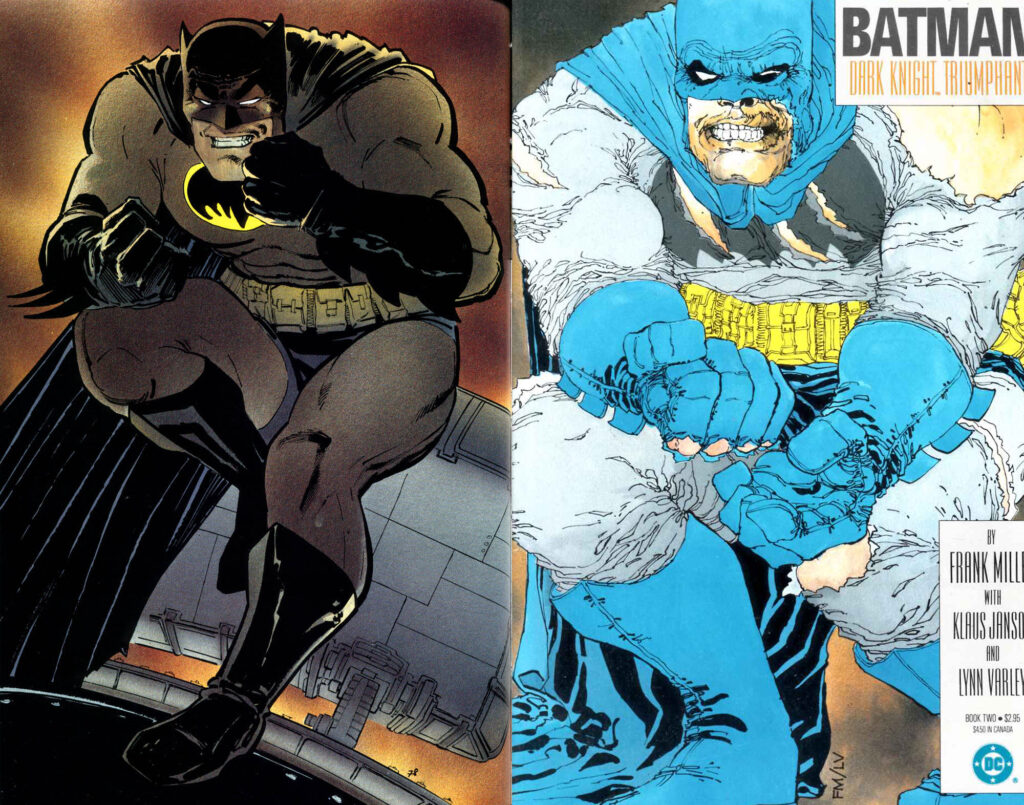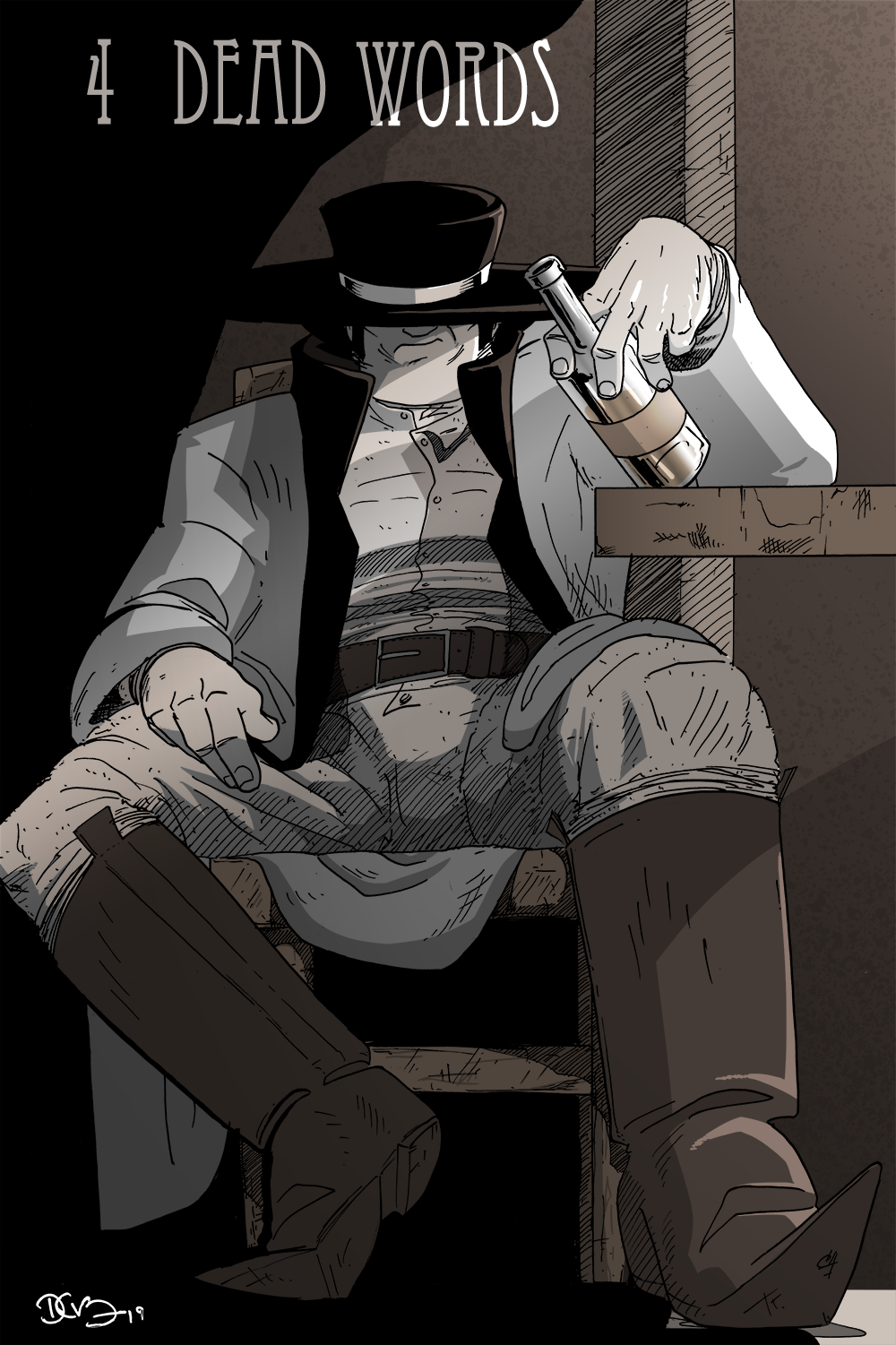Self Care
This page is another example of an image I had in mind for a very long time. So far, every chapter has kind of built around a single image or scene, capturing the tone that resonates throughout the rest of the pages. “Sunza” was built around Long John hunched over against the tufa tower, “Bird’s Eye” evolved from the image of Long John outside of May’s store, and the structure of “Making Smoke” was birthed completely from the diptych of Long John and Juan John that opened the chapter and punctuated the middle of it.
A lot of the first “act” (chapters 1-3) were––in terms of design––built to emphasize Long John’s self-imposed isolation and how the persona he crafted for himself as a famous gunslinger actually became a crutch and a trap from which he needed to escape. With this page, it’s clear he’s still working on it, but the overall idea I wanted to emphasize in this image was “claustrophobic” or “cramped”, a tone I don’t think I really succeeded in creating, but I liked the drawing anyway.
I wanted Long John to look like a big dude shoved into a small space, and the reference images that kept coming to mind were how Frank Miller drew Batman a few times in The Dark Knight Returns.

These two images of Batman from The Dark Knight Returns served as the inspiration for this page. Art by Frank Miller, Klaus Janson, and Lynn Varley. Image Source: DC Comics
These drawings were awkward, restrained by the dimensions of the page and, because of that, possess a strange, off-kilter energy rather than the power and imposing force they, I think, were meant to represent.
But it’s a tone that I really liked and, when it came to making a drawing that I wanted to have that kind of energy, I kept these drawings in mind. However, the draftsman in me––combined with being uncomfortable drawing a character that so completely fills the page like Miller did––pushed the composition into a more natural framing and pose. However, I did like the new tone the final image created, something more somber and pathetic, so I leaned in that direction instead, which is to the benefit of the chapter.
While starting from an inspiration, I don’t think Long John works best with explicit references or call-outs to popular culture; instead, it’s a work that tends to work best when it grows into its own footprint to stand on its own.



Discussion (2) ¬